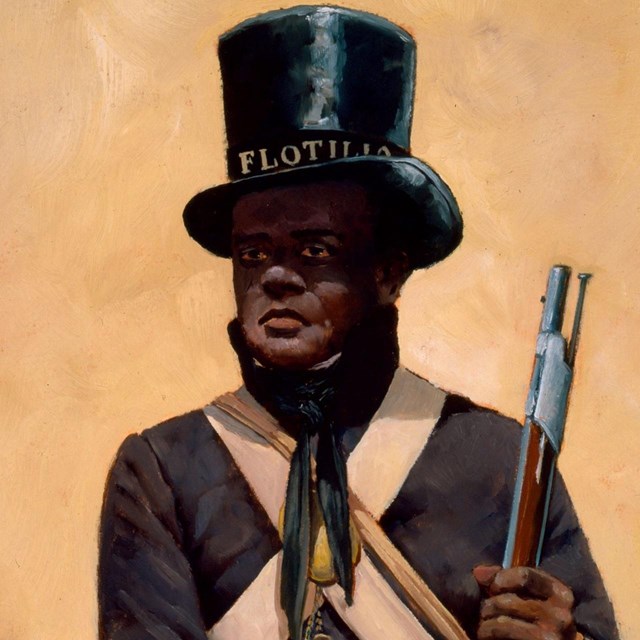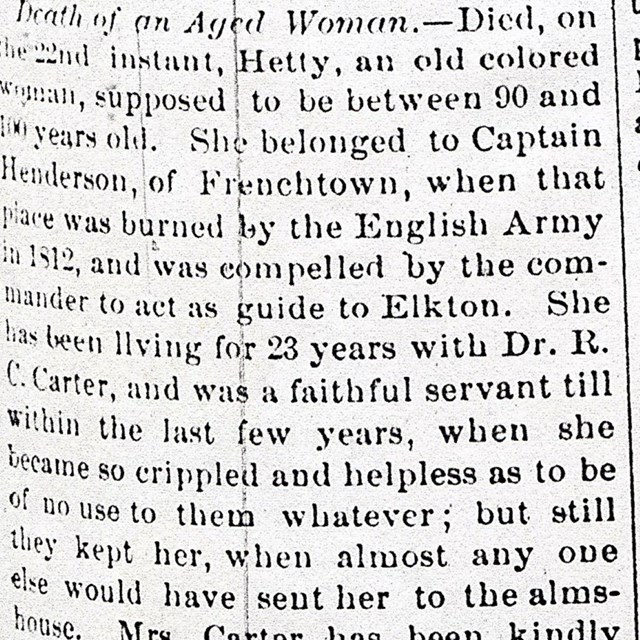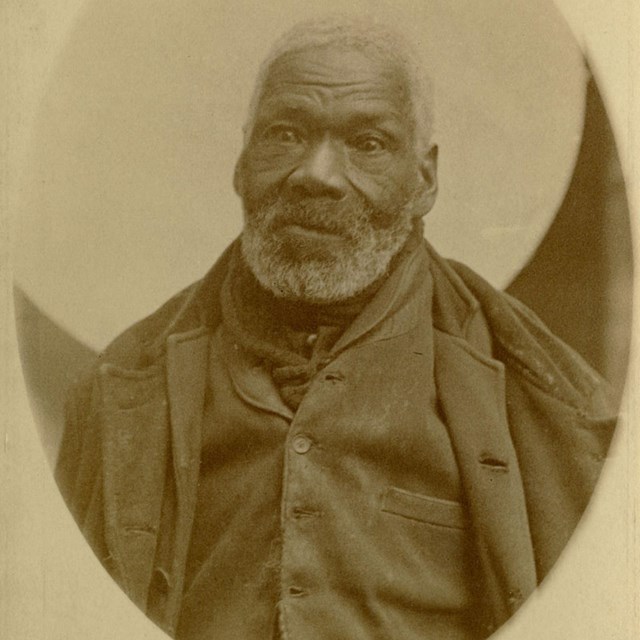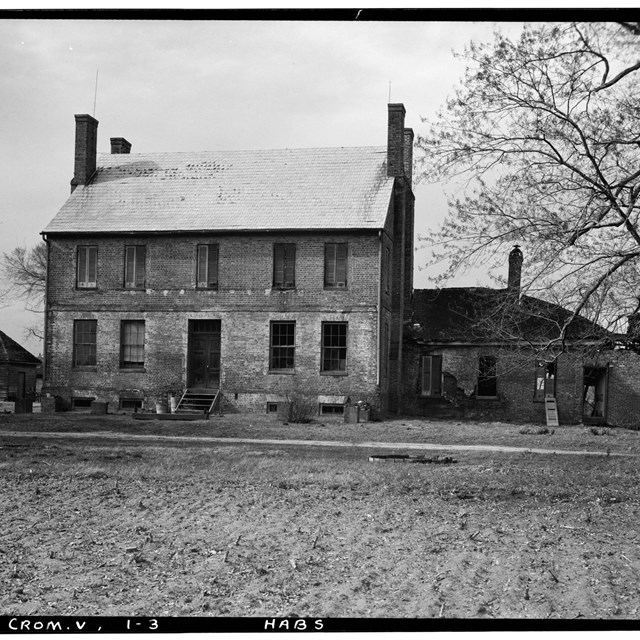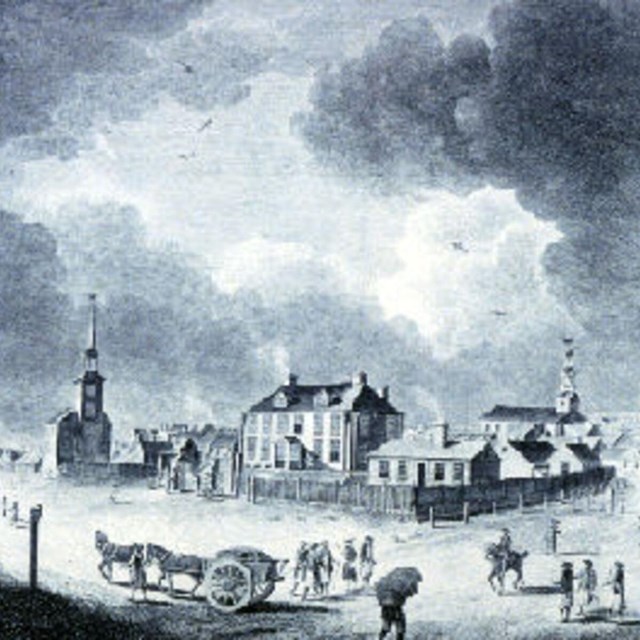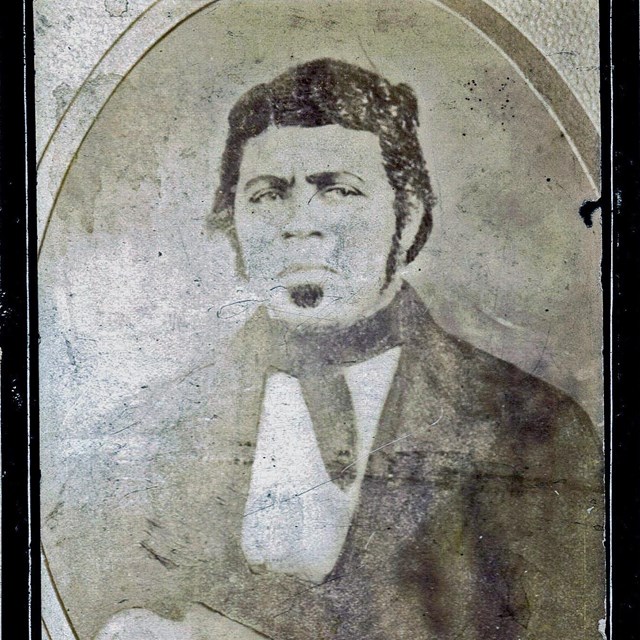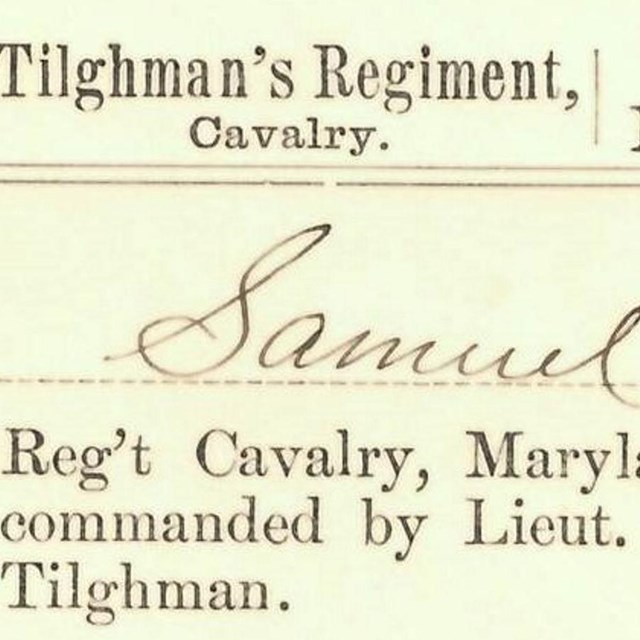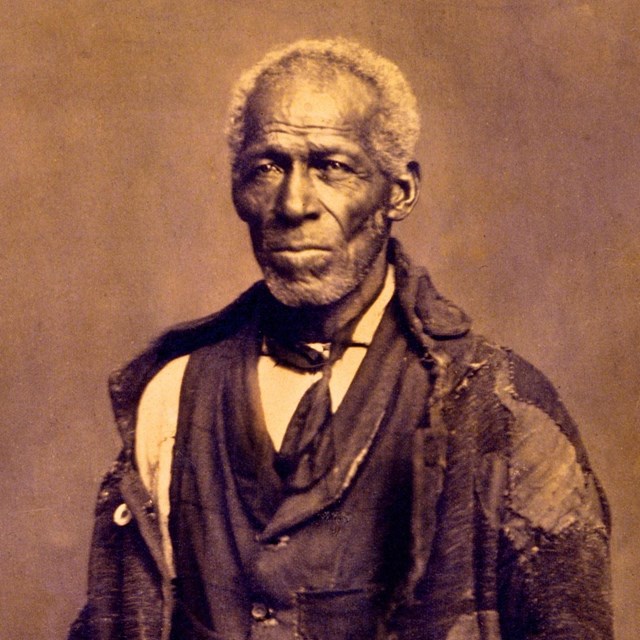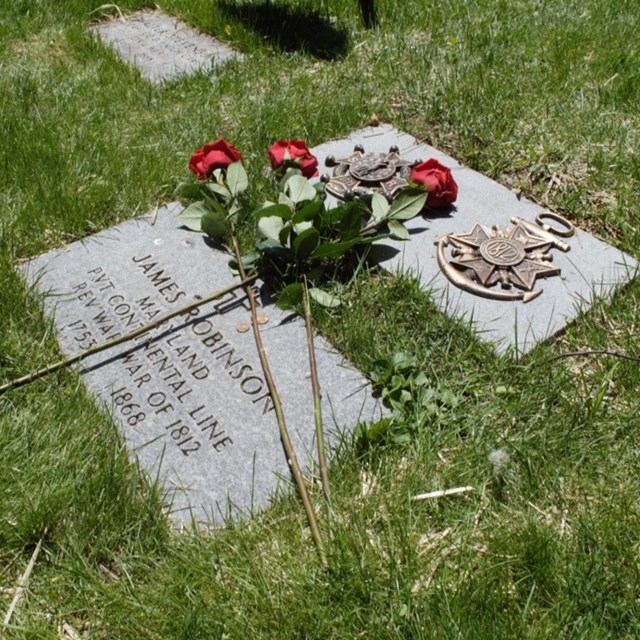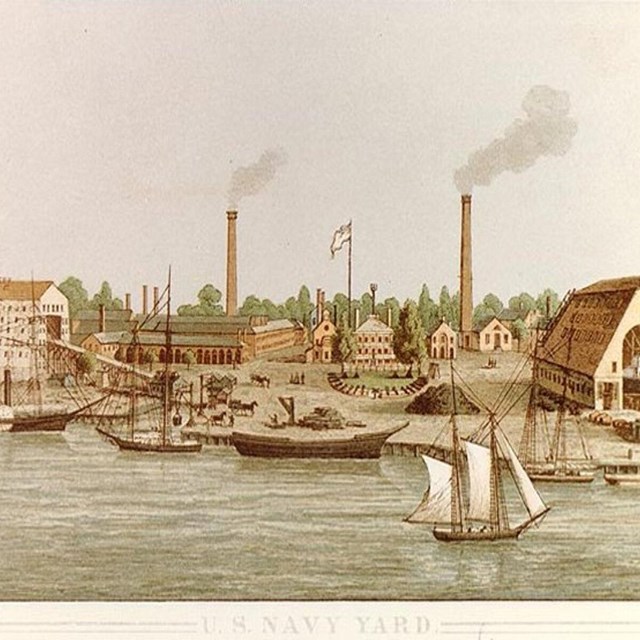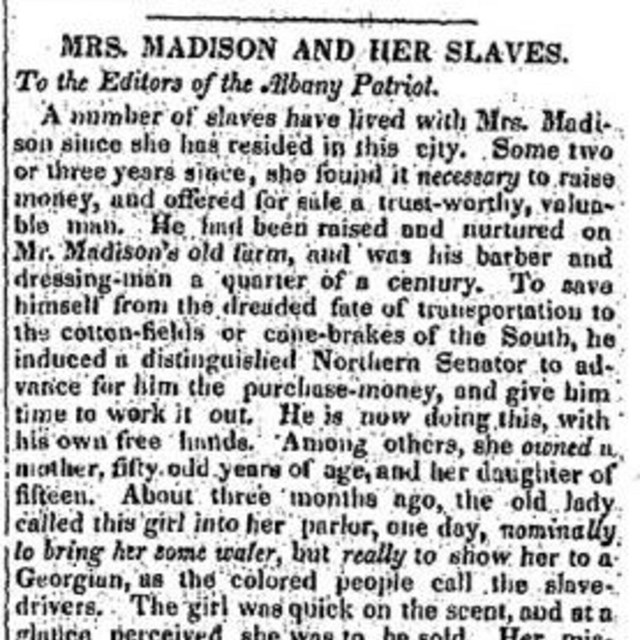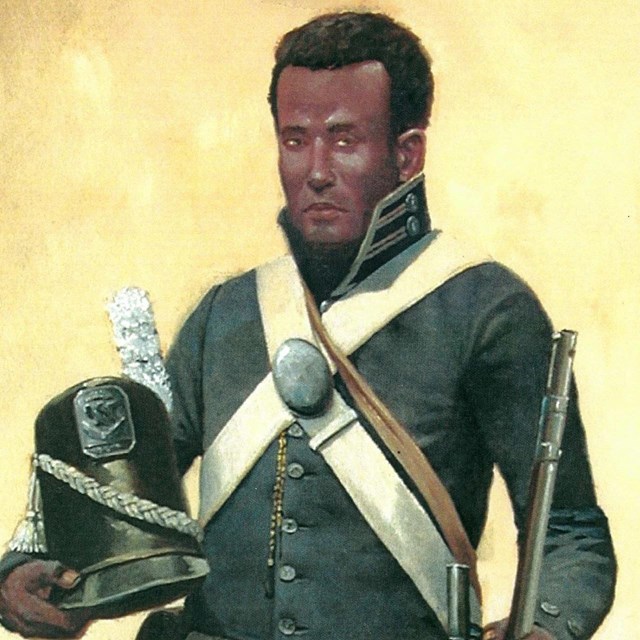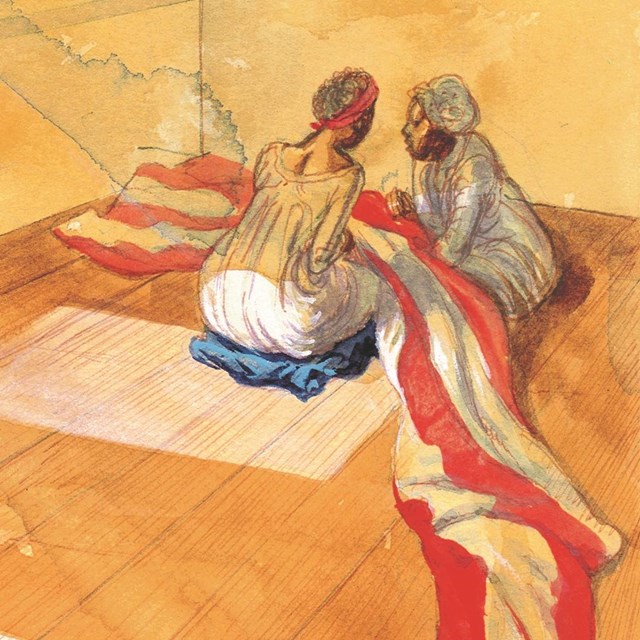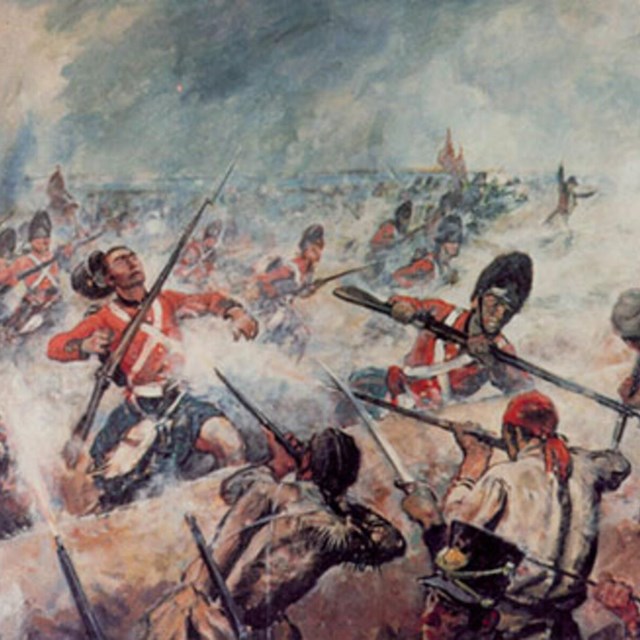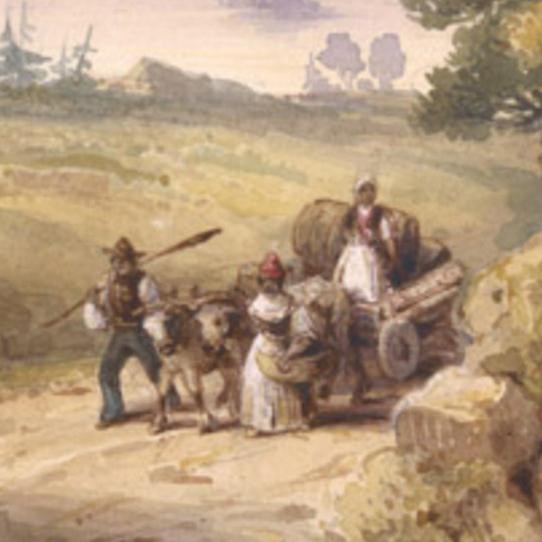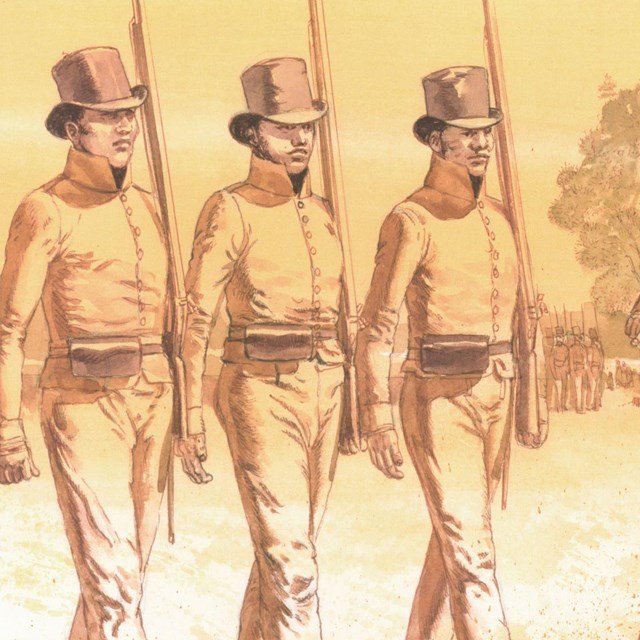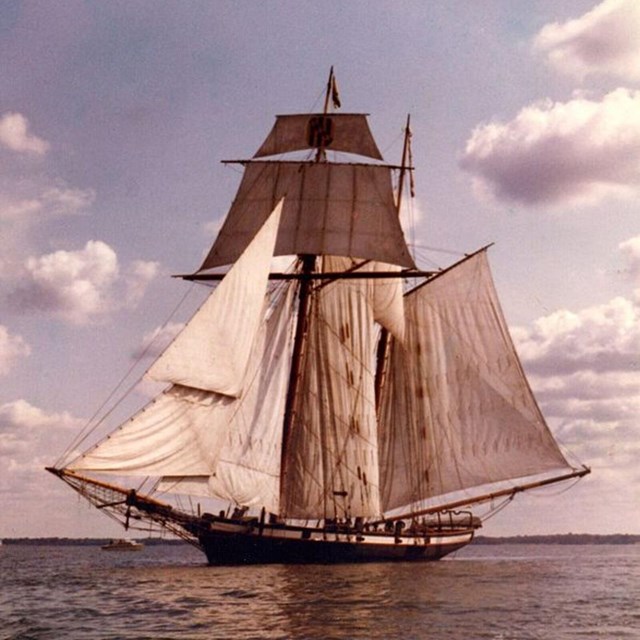|
Free and enslaved African Americans played a significant role for both the United States and Great Britain in the War of 1812. For some, it brought the chance for a new life. Military service was an alternative to working in the maritime industries where many free African Americans were employed in jobs such as caulkers. The British blockade severely curtailed those jobs in the war years. It is estimated that as many as 20 percent of privateer crews were African American, and up to 10 percent of crews on US Navy vessels. Free African Americans also served in the US Chesapeake Flotilla. For enslaved people, joining the British brought freedom. When the British arrived in the Chesapeake Bay in 1813, enslaved people sought their freedom by rowing out to British boats, usually in the night. But such attempts were relatively small until the spring of 1814 when Vice Admiral Alexander Cochrane issued a proclamation offering Americans—but intended to mean the enslaved population—to join the British land or sea services, or to move as free settlers to British processions in North America or the West Indies. To learn more, read the article Fighting for Freedom: African Americans and the War of 1812, watch the PBS video, Blacks in the War, or click on a story below. Individuals
Groups
|
Last updated: September 24, 2025

